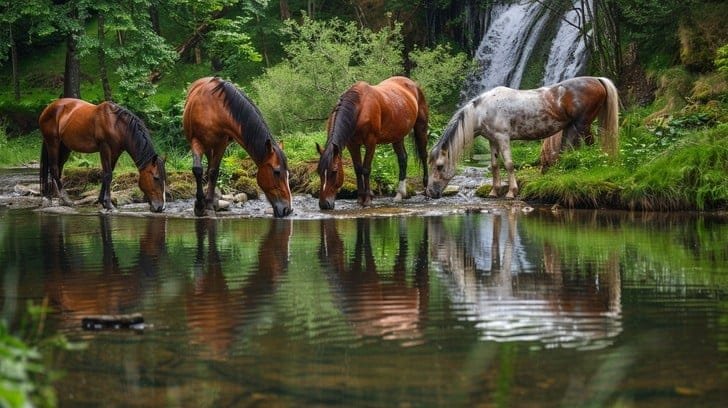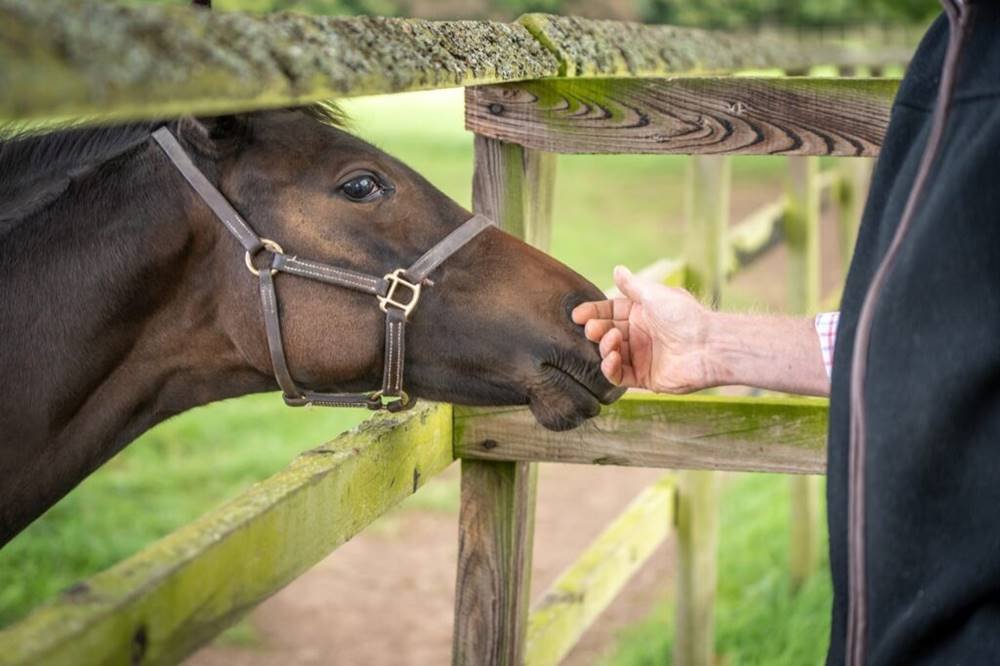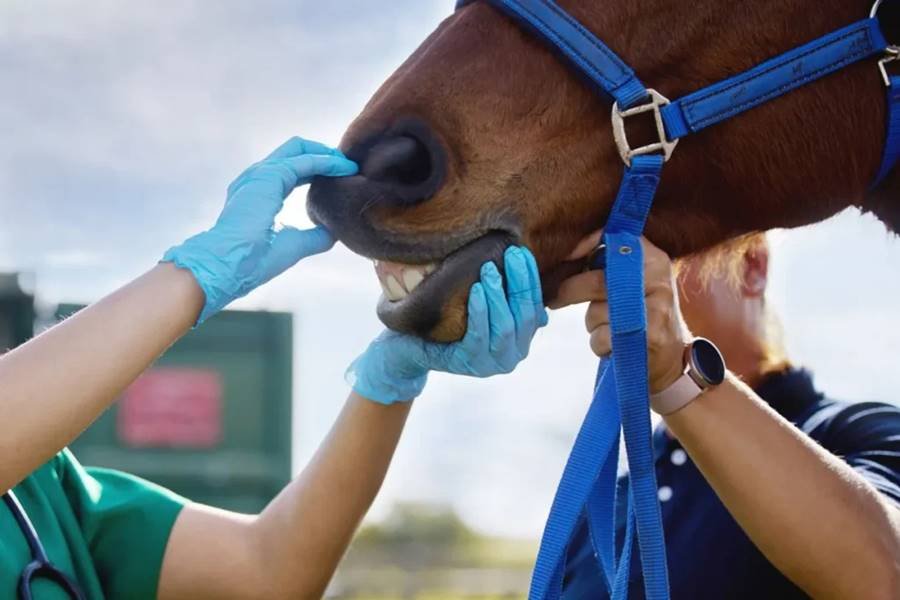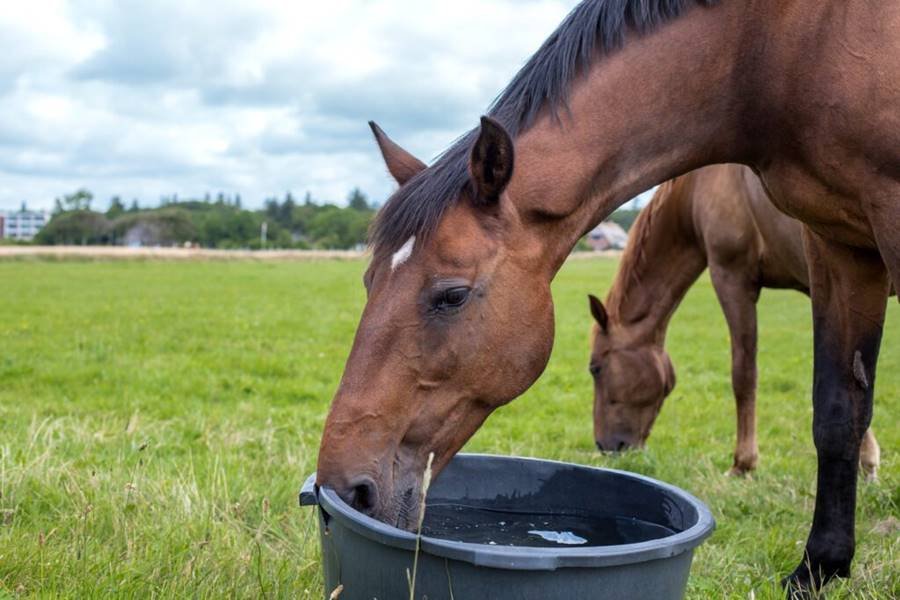Creating a natural equine environment is essential for promoting the health and well-being of horses
Creating a natural equine environment involves more than just providing space and food; it requires understanding and replicating the conditions that horses need to feel healthy and happy. By focusing on their natural behaviors, providing adequate space and social interaction, and ensuring their health needs are met, you can create an environment that supports their well-being. A well-designed natural environment not only benefits the horses but also enhances the overall experience of caring for them, leading to a happier and healthier herd.
1. Understanding Natural Behaviors
To start, it’s important to understand the natural behaviors of horses. In the wild, horses are social herd animals that roam vast areas in search of food and water. They are active grazers and spend a significant portion of their day moving, foraging, and interacting with other horses. Replicating these behaviors in a domestic setting helps meet their physical and psychological needs.
2. Designing the Space
A. Pasture and Grazing Areas: A key component of a natural equine environment is ample grazing space. Horses should have access to large, well-maintained pastures. Ideally, these pastures should be lush with a variety of grasses and forage. This variety mimics the diverse diet horses would encounter in the wild and helps maintain their digestive health.
B. Shelter and Shade: Horses need protection from the elements. While they can tolerate a range of temperatures, they still require shelter from extreme weather conditions like heavy rain, snow, or intense heat. Simple run-in sheds or three-sided shelters can provide adequate protection while allowing horses to remain in their natural grazing behavior.
C. Water Access: Fresh, clean water should always be available. Horses in the wild drink from natural sources like rivers or streams, so providing a constant supply of water in your setup is crucial. Automatic waterers or troughs that are regularly cleaned can help ensure horses stay hydrated.
3. Social Interaction
A. Herd Dynamics: In the wild, horses live in herds with complex social structures. They form strong bonds with other members of their herd, and social interactions are a vital part of their lives. Whenever possible, keep horses in compatible groups rather than isolating them. This helps prevent loneliness and stress.
B. Socialization Opportunities: Provide opportunities for horses to interact with each other and with humans. Positive socialization can reduce anxiety and improve overall behavior. Regular grooming, training, and companionship can help strengthen the bond between horses and their human caretakers.
4. Enrichment and Exercise
A. Enrichment: Enrichment involves activities or objects that stimulate horses mentally and physically. This can include items like puzzle feeders, toys, or obstacles that encourage exploration and problem-solving. In the wild, horses are constantly on the move and engaged in various activities; providing similar stimulation in a domestic setting can prevent boredom and promote mental health.
B. Exercise: Regular exercise is important for maintaining a horse’s physical health. Allowing horses to roam freely in large pastures provides natural exercise. Additionally, incorporating riding or groundwork sessions into their routine can help maintain their fitness and strengthen their bond with humans.
5. Health and Maintenance
A. Hoof Care: In a natural environment, horses’ hooves naturally wear down through movement over varied terrain. While domestic horses may not have the same conditions, regular hoof care is essential. Ensure that horses receive proper trimming and shoeing as needed to maintain their hoof health.
B. Veterinary Care: Regular veterinary check-ups are crucial for monitoring a horse’s health. Vaccinations, deworming, and dental care should be part of their routine care to prevent illness and ensure their overall well-being.
6. Environmental Considerations
A. Safe Fencing: Use safe and secure fencing to keep horses contained within their pasture while protecting them from potential hazards. Electric fencing or high-quality mesh fencing can be effective and safe options.
B. Manure Management: Proper manure management is important to maintain a clean and healthy environment. Regular removal of manure helps prevent the buildup of parasites and reduces the risk of disease.




